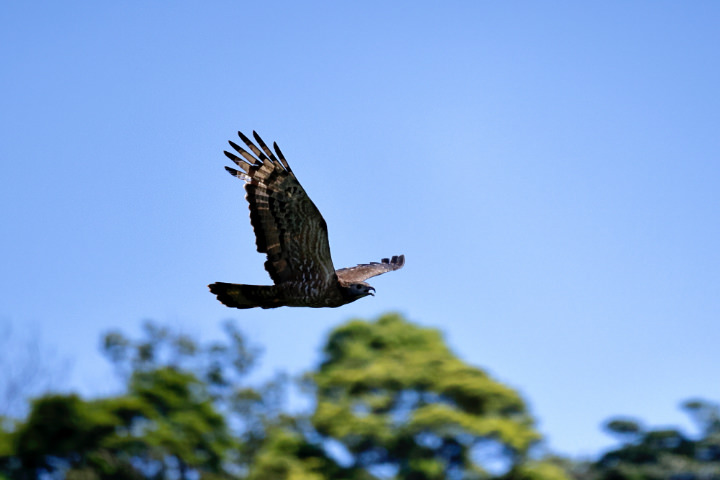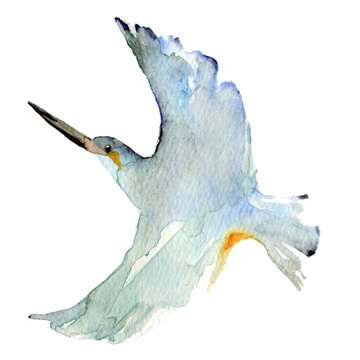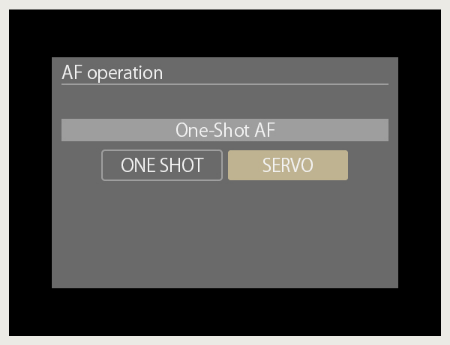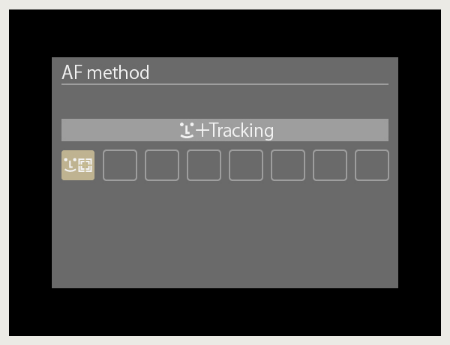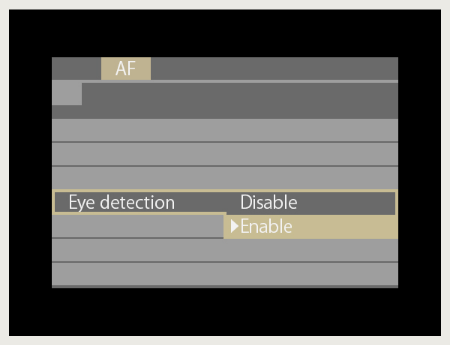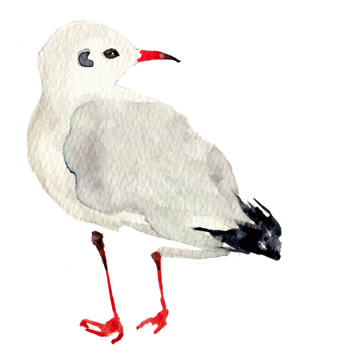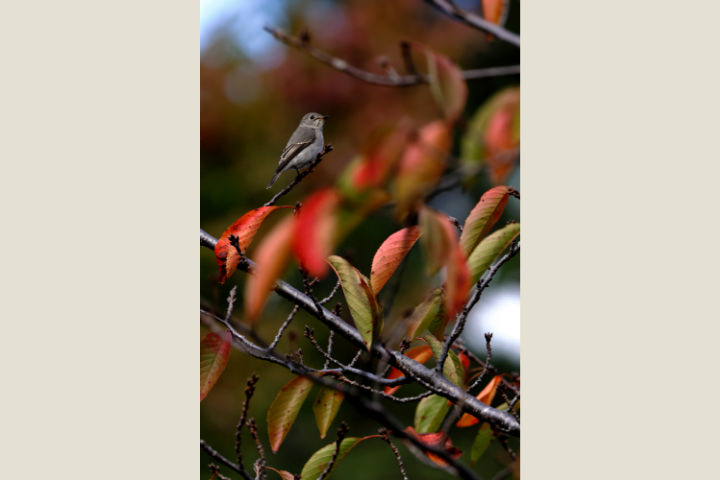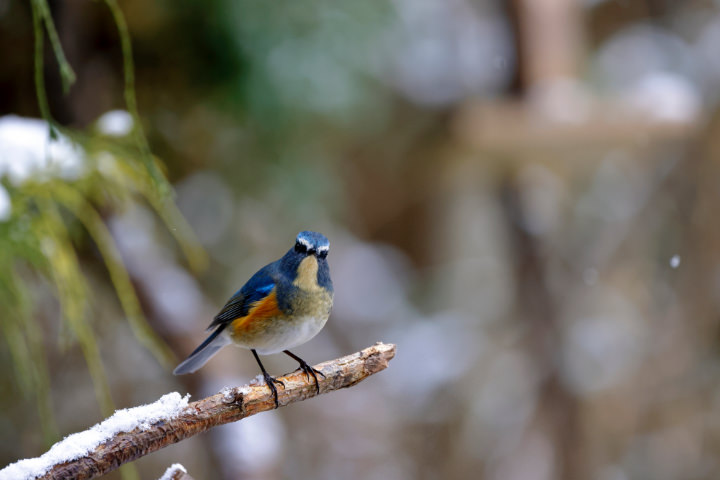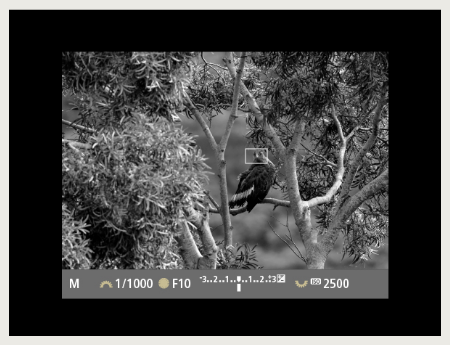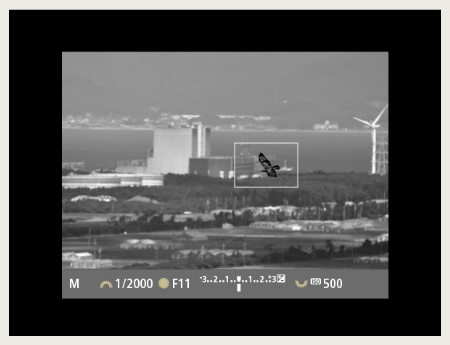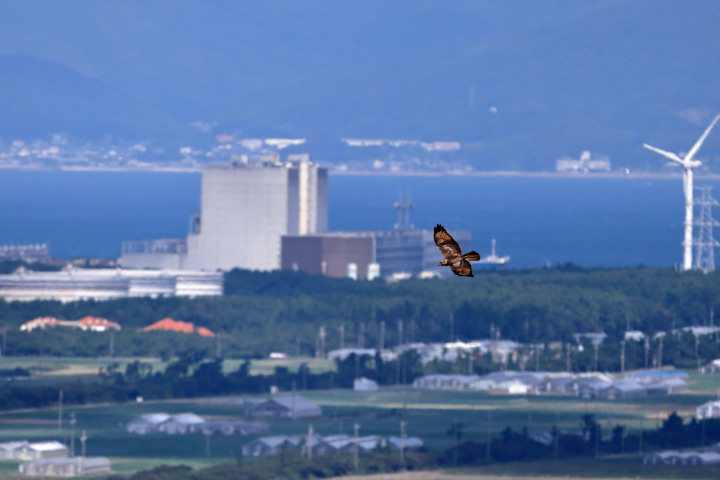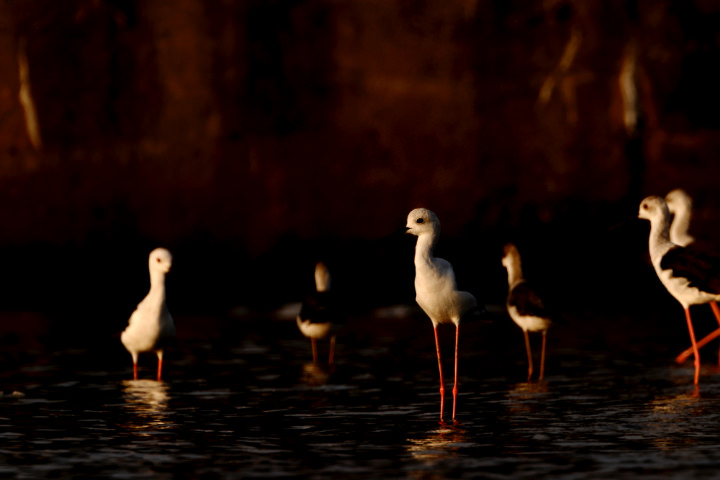how to
photograph
wild birds
Utilize the Eye AF setting for animals
The most difficult thing in wild bird photography is to achieve a sharp focus on small birds. Recently, digital cameras have a tracking function that, if set in advance, automatically focuses on the eye of the bird simply by pointing the lens at it.

When you press the <AF-ON> button, Eye AF does the focusing for you, but there is a trick to it when birds are in flight. It is best to focus when you have a clear shot, with nothing in the sky that is blocking or obstructing it.
- Aperture value: f/11
- Shutter speed: 1/4000 second
- ISO speed: ISO2500
- Focal length: 800mm
- Mirrorless Camera
- AF subject setting: Animals
